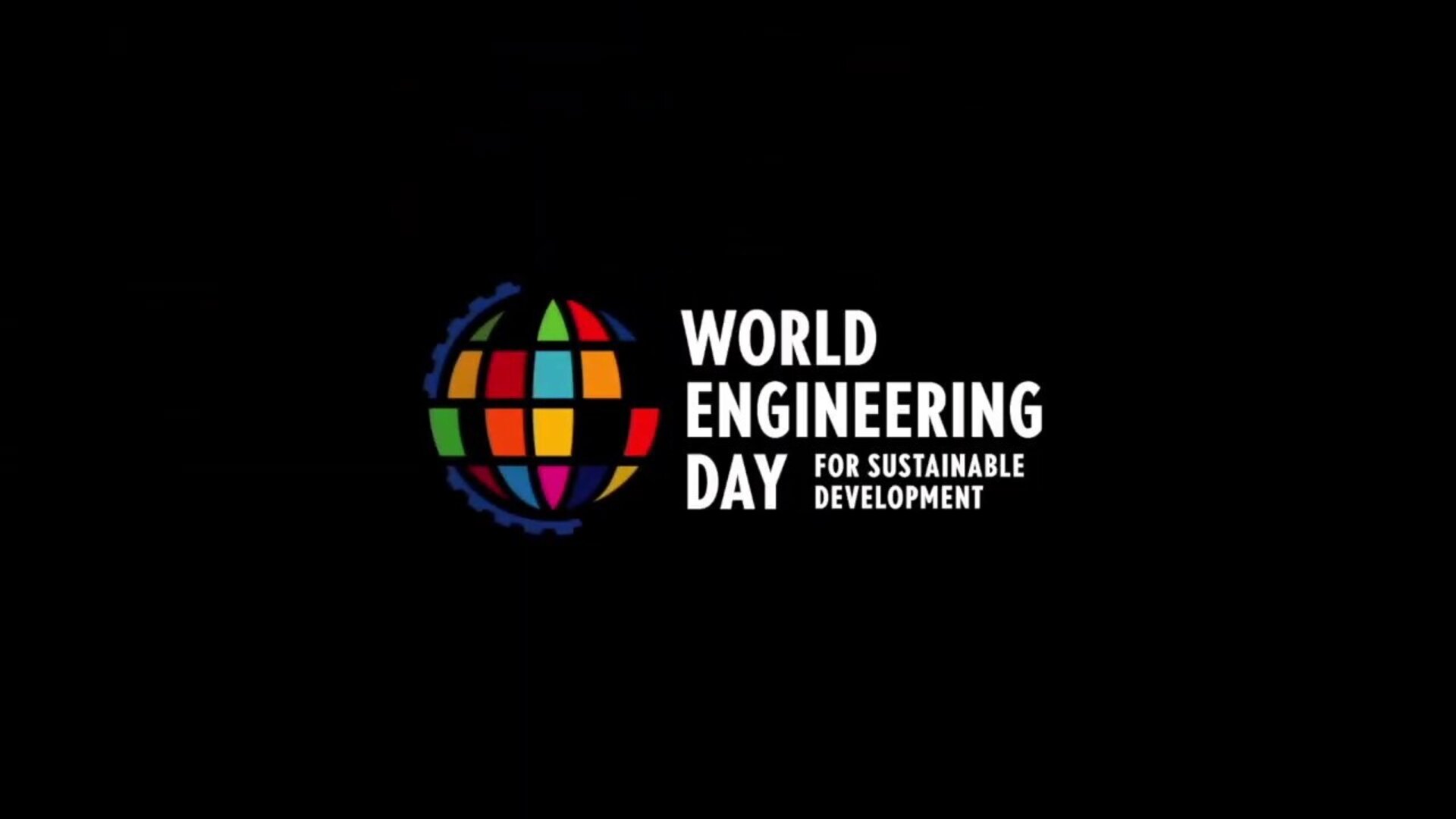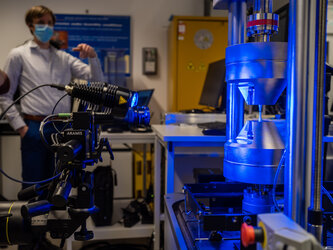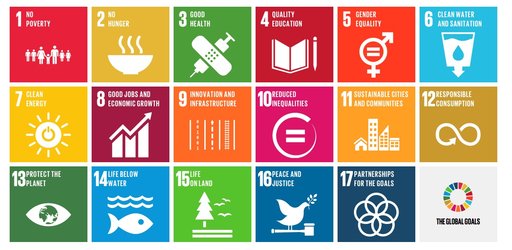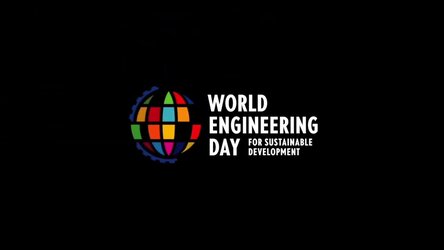How space engineering supports sustainable development
What do artificial hearts, crack-free wind turbines, and pig sewage treatments have in common? Perhaps surprisingly, they have all benefitted from technology developed for space.
When the majority of new ESA missions are dreamt up, the technology that makes them possible does not even exist – yet. Our engineers are continuously working on inventing and developing the new technologies needed to make missions happen. But that's only half the story; innovative technologies built to push Europe further into space can also support sustainable development on Earth.
Proclaimed by UNESCO in 2019, World Engineering Day for Sustainable Development is an opportunity to highlight how engineering can change the world for the better. There is still lots to be done to achieve the UN Sustainable Development Goals (SDGs), but maturing the right technologies puts us on the path to success.
In this article, we take a look at just a few examples of how space technologies are supporting three of the SDGs – good health and well-being (SDG3), affordable and clean energy (SDG7), and industry, innovation and infrastructure (SDG9).
SDG 3 – Good health and well-being
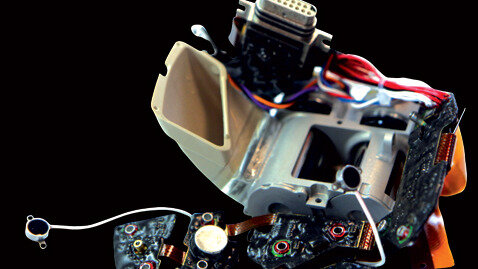
With the demand for transplants far exceeding donations, creating a totally artificial heart has been the holy grail of cardiovascular medicine for half a century. Artificial hearts based on space technology are now beating inside people, after French company Carmat worked with space engineers to reduce the size of electronics developed for satellite computers to create precise, reliable and durable electronics for artificial hearts. Inside the heart, high-tech sensors detect a patient's exertion levels and transmit the information to a miniature computer. This commands the die-sized brushless motors to pump the heart faster or slower.

Patients in regional hospitals are also benefitting from remote examinations made possible thanks to ultrasound technology developed for astronauts in space. In the past, patients have had to travel hundreds of kilometres for an examination because there were no expert radiologists on site. French company AdEchoTech used the principles of telemedicine developed for space to develop a 'tele-echography' system that is being used by hospitals and health institutes in France and abroad – after all, it is much easier and cheaper to move medical data than people.
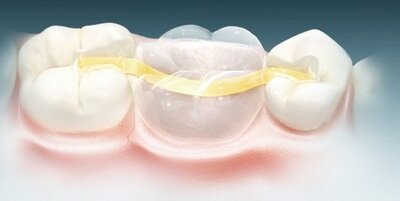
Meanwhile, space materials are being used by dentists. Embedding glass fibres in resin produces a high-strength composite most typically employed in the aerospace sector, where it reinforces high-performance structures such as the Space Shuttle's liquid oxygen system. Czech company ADM has adapted this material to dentistry, producing a new product called Dentapreg. The product comes in the form of supportive dental strips and pins, used instead of more traditional wires for minimally invasive surgery, such as splinting loose teeth together to increase their strength.
Sometimes technology is created for one sustainable development application, and unexpectedly applied to another. A high-speed camera for monitoring vegetation from space and combating famine in Africa was adapted to spot changes in human skin cells to help diagnose skin diseases like cancer. The camera flew onboard ESA's Proba-V vegetation-scanning satellite and has also been shown to improve solar cell production and spot defective items on production lines.
SDG7 – Affordable and clean energy
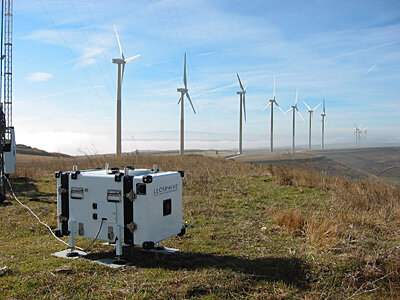
Satellite remote sensing technology is being used by French company Leosphere to help plan where to build wind turbines. Leosphere's 'wind cube' measures wind speed and direction, turbulence and wind shear with great precision, using technology similar to the lidar (light detection and ranging) used by ESA's Aeolus satellite. Aeolus provides profiles of Earth's wind on a global scale to improve weather forecasts and climate models.
What's more, wind turbines are being efficiently checked for problems thanks to software developed for space. French company Cornis scans wind turbines for cracks in less than two hours using a system built around software developed to handle distortions in satellite images. The software was designed to detect 'aliasing', a distortion that can be a serious problem for scientists trying to interpret images. By spotting the aliasing in images of wind turbines, Cornis could correct the images to create very precise pictures that show even the smallest cracks.
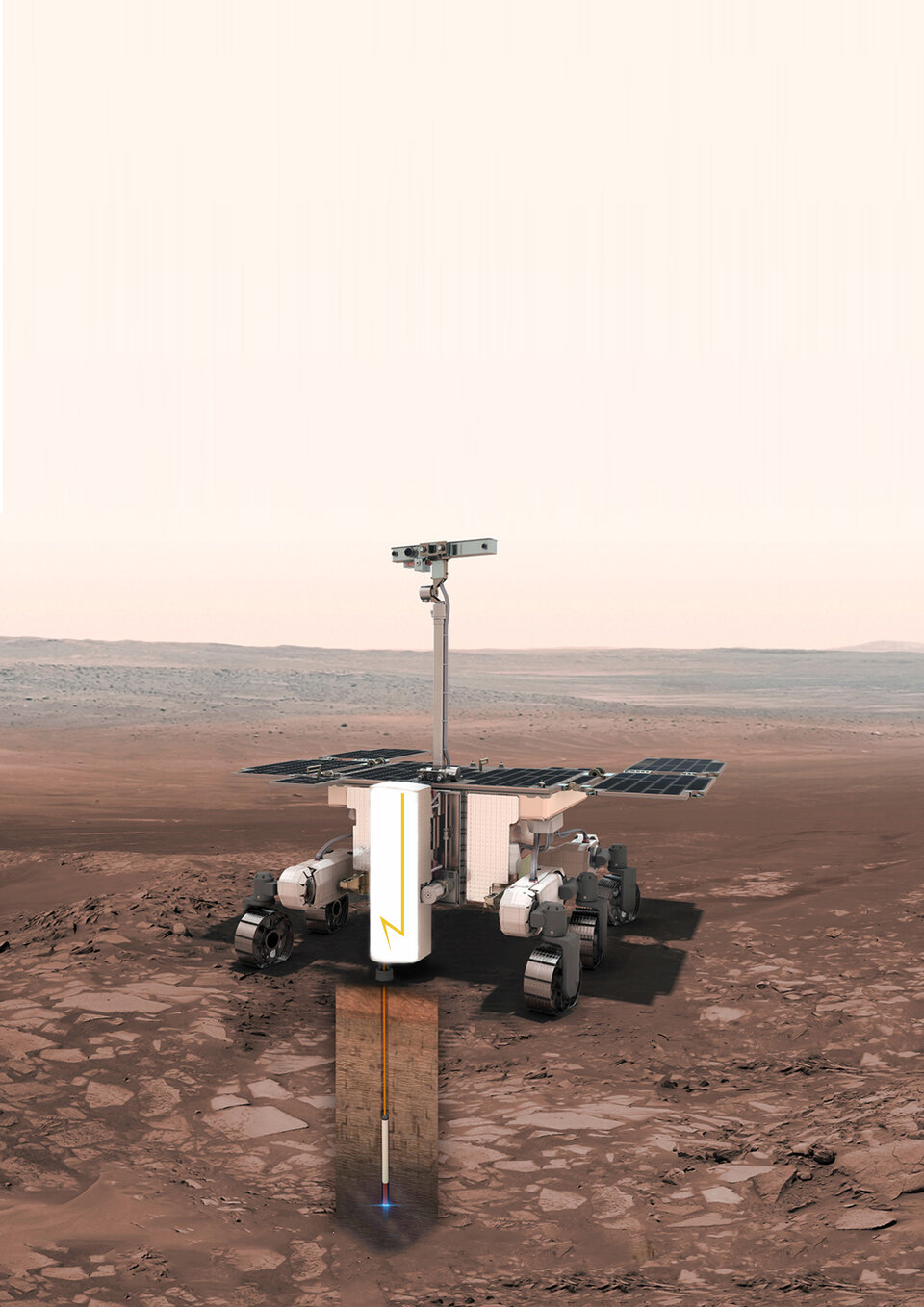
Space technology is also supporting the transition to electric vehicles. While under contract with ESA to develop a plasma drill to probe Mars and asteroids, Norwegian company Zaptec realised that the same transformers being developed for the space drill could make better chargers for electric cars. Using these transformers, Zaptec developed a charger weighing just two kilograms. Drawing on the same voltage as a vacuum cleaner, the charger can be plugged into any household socket without blowing a fuse.
SDG9 – Industry, innovation and infrastructure
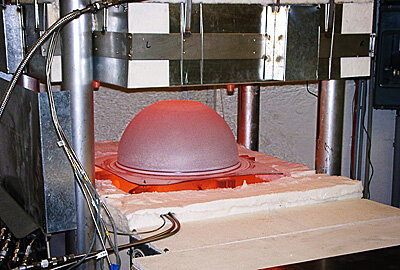
A novel technique used to produce spherical fuel tanks for the Ariane 5 launcher is used by German company FormTech to create protection shields for the undersides of cars and build floats for industrial chemical tanks and oil rigs. The technology involves heating material and deforming it past its usual breaking point to make it more robust. Spinning-in this technology results in car shields able to operate at a higher temperature, with a better fit and using only 70% of the previous amount of aluminium shielding.
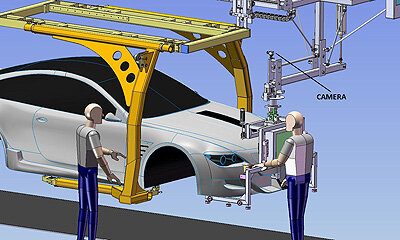
Meanwhile, car assembly lines are benefitting from technology developed for docking spacecraft – Portuguese company MDUSpace developed a safer system based on the object recognition and tracking concepts used for the automated docking of ESA's Automated Transfer Vehicle (ATV) to the International Space Station (ISS). For the final approach and docking, ATV uses a camera to identify light pulses reflected from a set of special targets on the ISS. In the car assembly process, the operator chooses reference points on the car as targets for the object-recognition system. In this way, the system automatically and precisely controls the distance between the car body and the item being mounted.
Last but not least, Italy-based Wixta Industries designs innovative solutions for heat generation and water treatment based on space technologies. For example, they have developed a pig sewage treatment system that reduces the nitrates entering the drinking water supply. The system uses a process called 'hydrodynamic cavitation', which involves the formation and collapse of bubbles in a liquid via mechanical forces. This process is studied by ESA and used in the Agency's 'Cavitating Pump Test Facility'.
And that's not all…
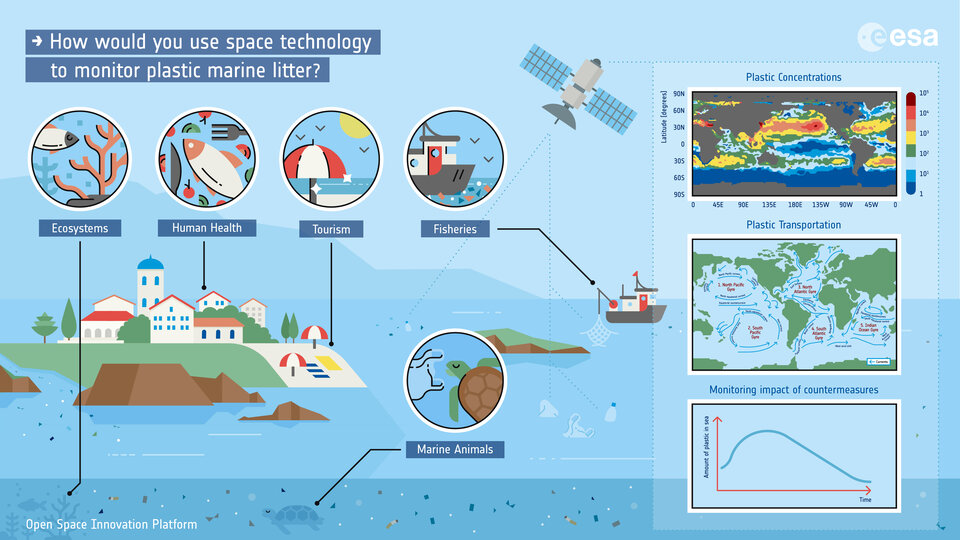
These are just a few examples of how technologies developed for space can contribute to a more sustainable future. Curious to find out more? From security scanners to more environmentally friendly tennis, from super strong diving fins to a sharper view of Earth's subsurface, our R&D directorate has published plenty of articles demonstrating how space technology is supporting life on Earth.
A sustainable future requires innovating sustainable technologies right now. ESA's Discovery programme sits at the very earliest phase of space R&D. Discovery lays the groundwork for ESA's short- to medium-term future activities and has recently taken significant steps towards initiating the technologies to detect plastic marine litter from space, make 'space-based solar power' a reality, recreate photosynthesis for sustainable energy, and tackle climate change using space technologies.
For even more examples of how projects from across ESA support the Sustainable Development Goals, visit our dedicated SDG web portal.


